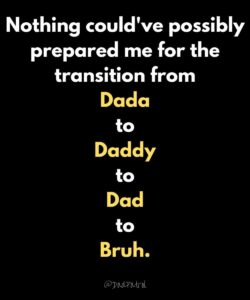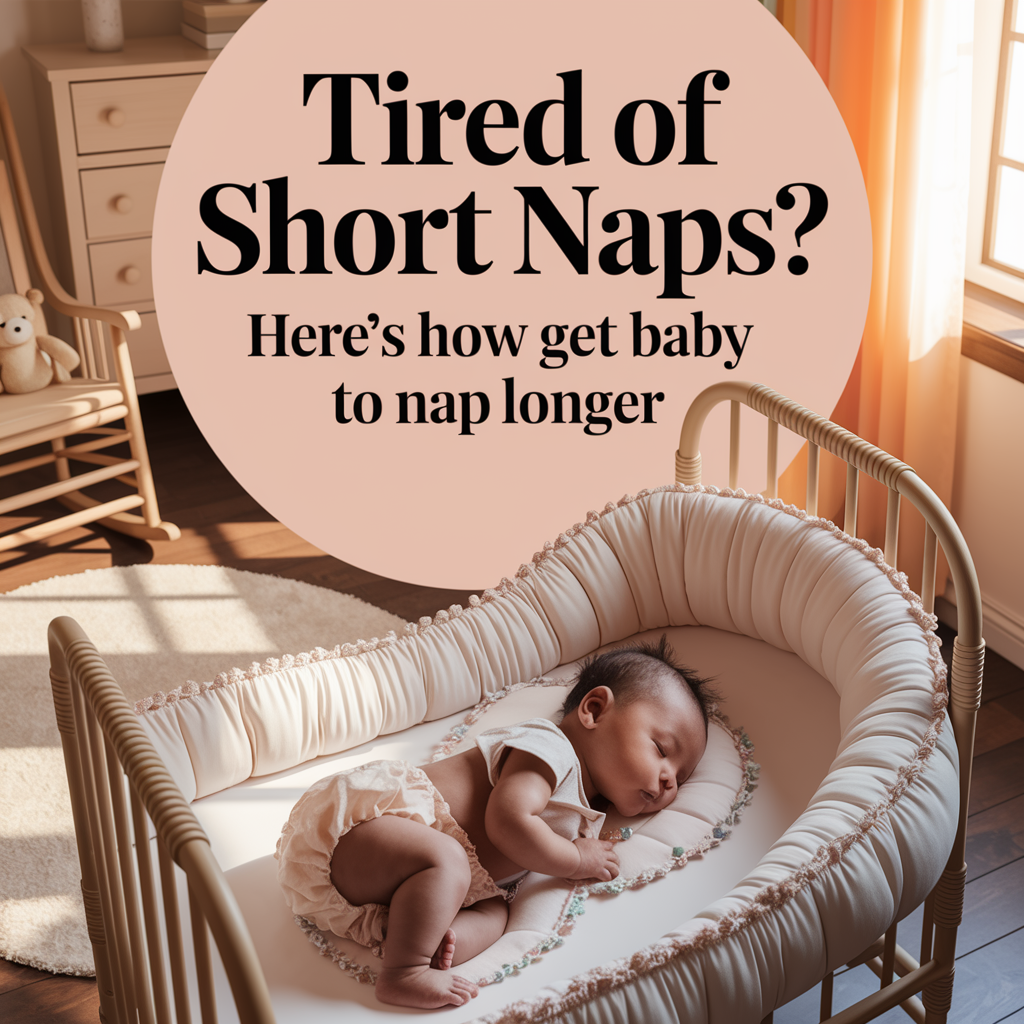
How to Get Baby to Nap Longer: What Finally Worked for Us
If you’re searching for how to get baby to nap longer, I’ve been there — pacing the hallway with a fussy baby who just woke up after exactly 32 minutes. It’s frustrating, exhausting, and makes the whole day feel off when naps are so short. I kept asking myself what I was doing wrong, and why every nap ended before I could even sit down with a cup of coffee.
The good news? Short naps don’t have to be permanent. With a few adjustments (and a lot of trial and error), we figured out how to stretch those quick catnaps into longer, more restful sleep — and it made all the difference in our days.
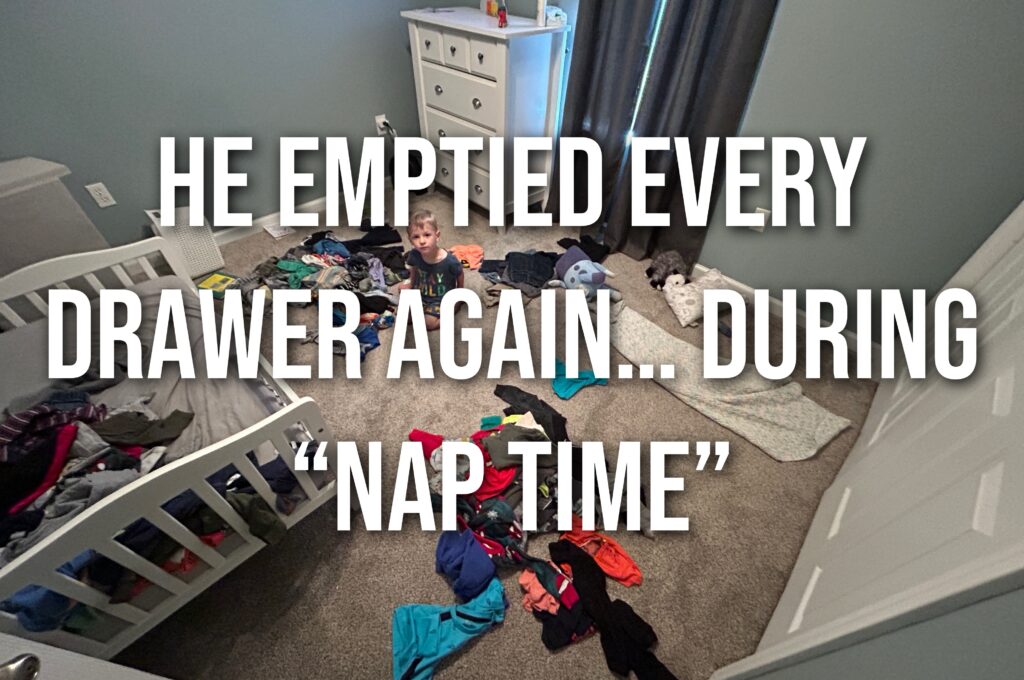
Why Are My Baby’s Naps So Short?
Before I could fix anything, I had to understand why those short naps were happening. For us, it came down to something I hadn’t even heard of before: baby sleep cycles. Babies go through cycles just like adults — about 30 to 50 minutes each — but many babies struggle to transition from one cycle to the next.
That’s why your baby might wake up after exactly 30 or 45 minutes like clockwork. They stir, can’t settle back down, and boom — nap over.
And if you’re wondering why your baby suddenly started doing this, you’re not alone. We went through a phase where she had been napping great, then one day it just changed. If you’re going through that, too, check out this helpful post 👉 🎯 baby suddenly taking short naps — it explains what’s likely going on and how to handle it when those naps vanish overnight.
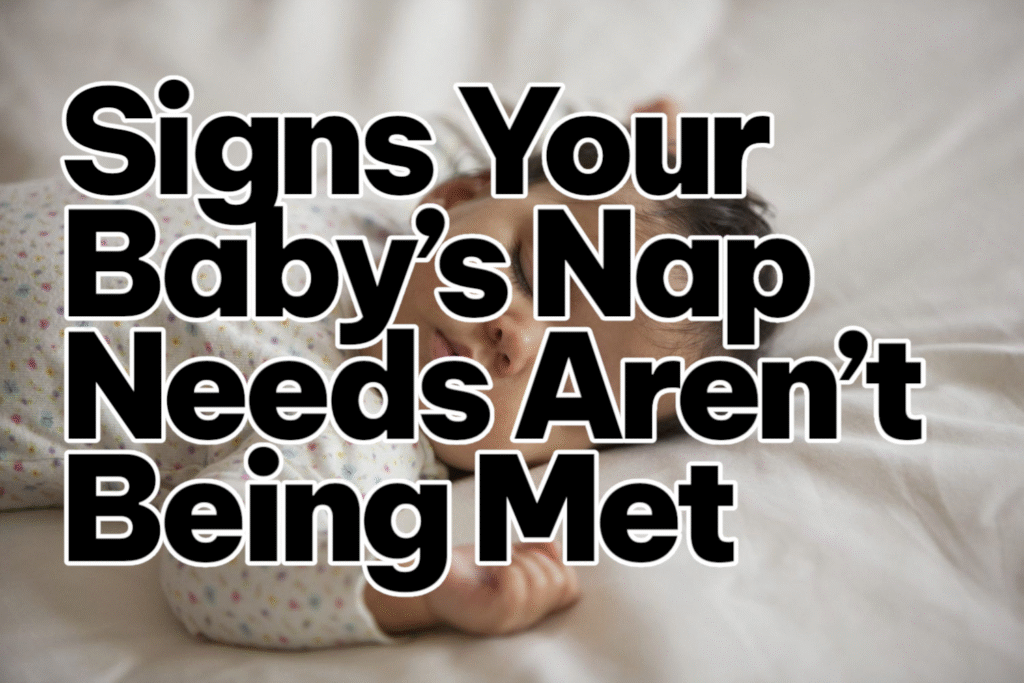
Signs Your Baby’s Nap Needs Aren’t Being Met
Here are a few signs I noticed that told me short naps weren’t working for my baby — even before I really understood nap lengths and cycles:
1. She was cranky even after a nap
A well-rested baby usually wakes up calm and happy. When she woke early, she’d cry the moment I walked out.
2. She needed to be held to keep sleeping
If I kept her in my arms, she’d snooze another 30 minutes easily. But the crib? No chance.
3. She acted tired again just 45 minutes later
Short naps never gave her the rest she really needed, and she’d be yawning again before the hour mark.
Seeing these patterns helped me realize that those 30-minute naps weren’t enough. I had to figure out how to get baby to nap longer than 30 minutes — because neither of us was doing well with that schedule.
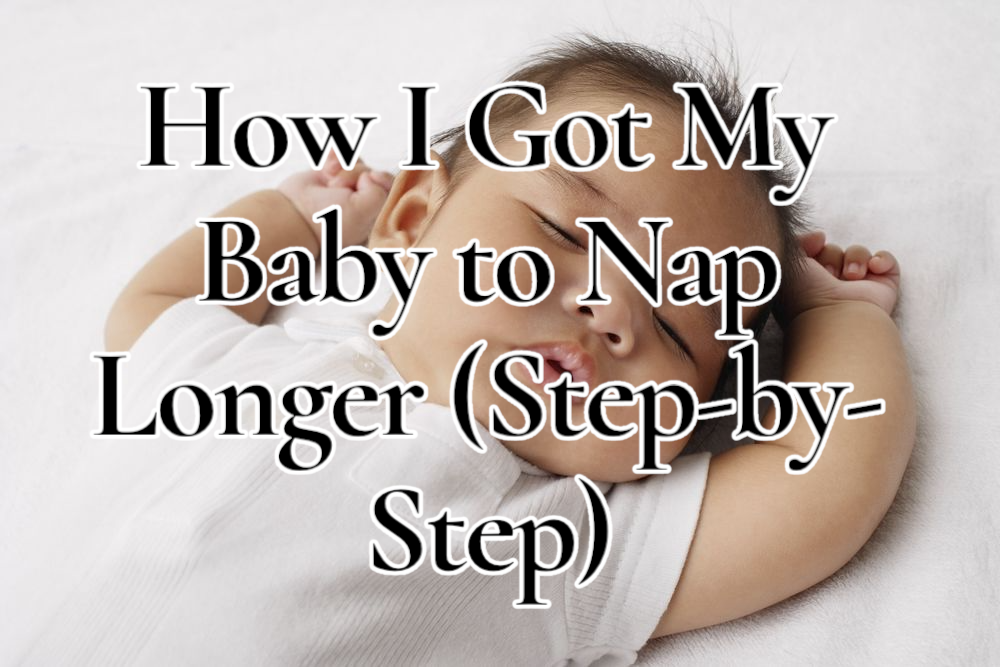
How I Got My Baby to Nap Longer (Step-by-Step)
It took some experimenting, but once I figured out a rhythm that worked for my baby, we started seeing longer naps more consistently. Here’s what finally helped:
1. Adjusted wake windows
I started paying closer attention to how long she was awake between naps — not just the clock. Once I noticed her sleepy cues and kept wake times appropriate for her age, she fell asleep more easily and slept longer.
2. Created a nap-specific routine
Just like bedtime has a wind-down, I started a mini version for naps. A fresh diaper, white noise, dark room, and a few minutes of cuddles helped signal that it was time to sleep.
3. Stayed consistent for at least a week
I used to panic and change things after two bad days. This time, I committed to the new schedule and stuck with it. After a few days, her naps went from 30 minutes to 60 or more.
It wasn’t instant, but slowly and surely, the pieces came together — and our whole day started feeling more manageable.

Wake Windows Matter More Than You Think
I used to think naps were all about timing them based on the clock — but babies aren’t robots. They have wake windows, which is the ideal amount of awake time between sleep periods, based on age.
If I put her down too early, she wasn’t tired enough and would nap short. If I waited too long, she got overtired and also… napped short. 😩
Here’s a basic guide I followed:
- Newborns (0–3 months): 45–90 mins
- 4–6 months: 1.5 to 2.5 hours
- 7–9 months: 2 to 3 hours
- 10–12 months: 2.5 to 3.5 hours
Once I lined up her nap times based on those windows, the difference was huge.
I also noticed that when she didn’t nap well, our entire rhythm felt off — from playtime to meals. That’s why I also leaned on helpful routines like 🧼 keeping our daily rhythm simple and baby-friendly — anything to make the day flow smoother really helped in this stage.
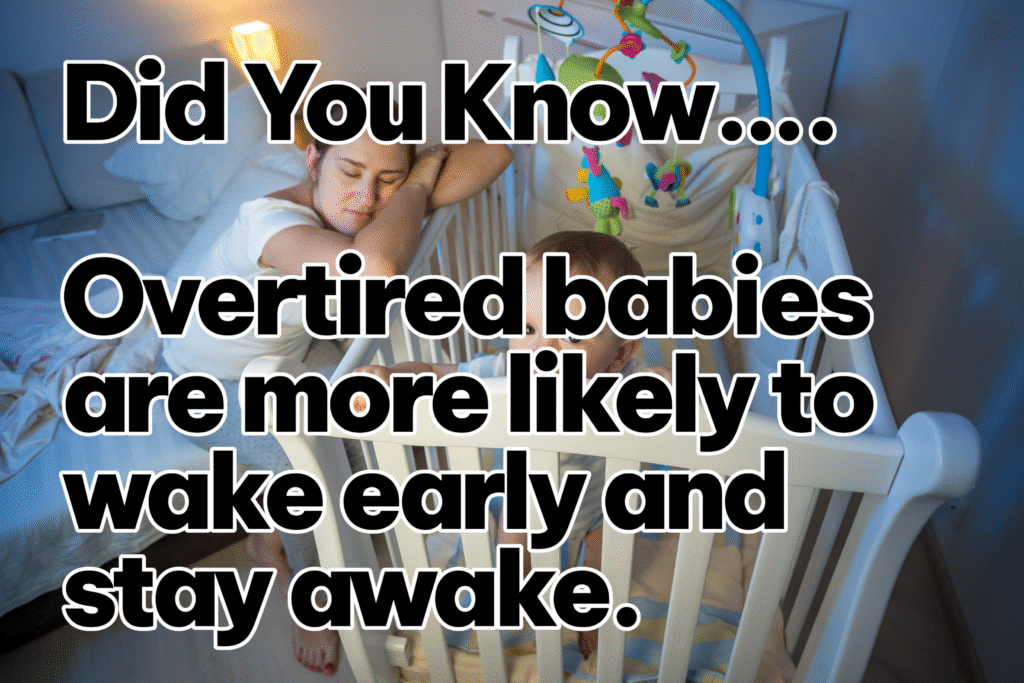
Fixing the Nap Environment
One of the biggest nap game-changers? Making her sleep space boring, dark, and quiet.
What I changed:
– Darkened the room completely — I added blackout curtains and even taped over the doorframe cracks where light snuck in.
– Turned on white noise — It helped block out loud cars, dogs barking, and her older sibling.
– Only napped in her crib — No more stroller, car seat, or on-the-go naps (unless absolutely needed). That consistency taught her what to expect.
Her body started recognizing that this space = sleep, not play. And little by little, those catnaps turned into full sleep cycles.
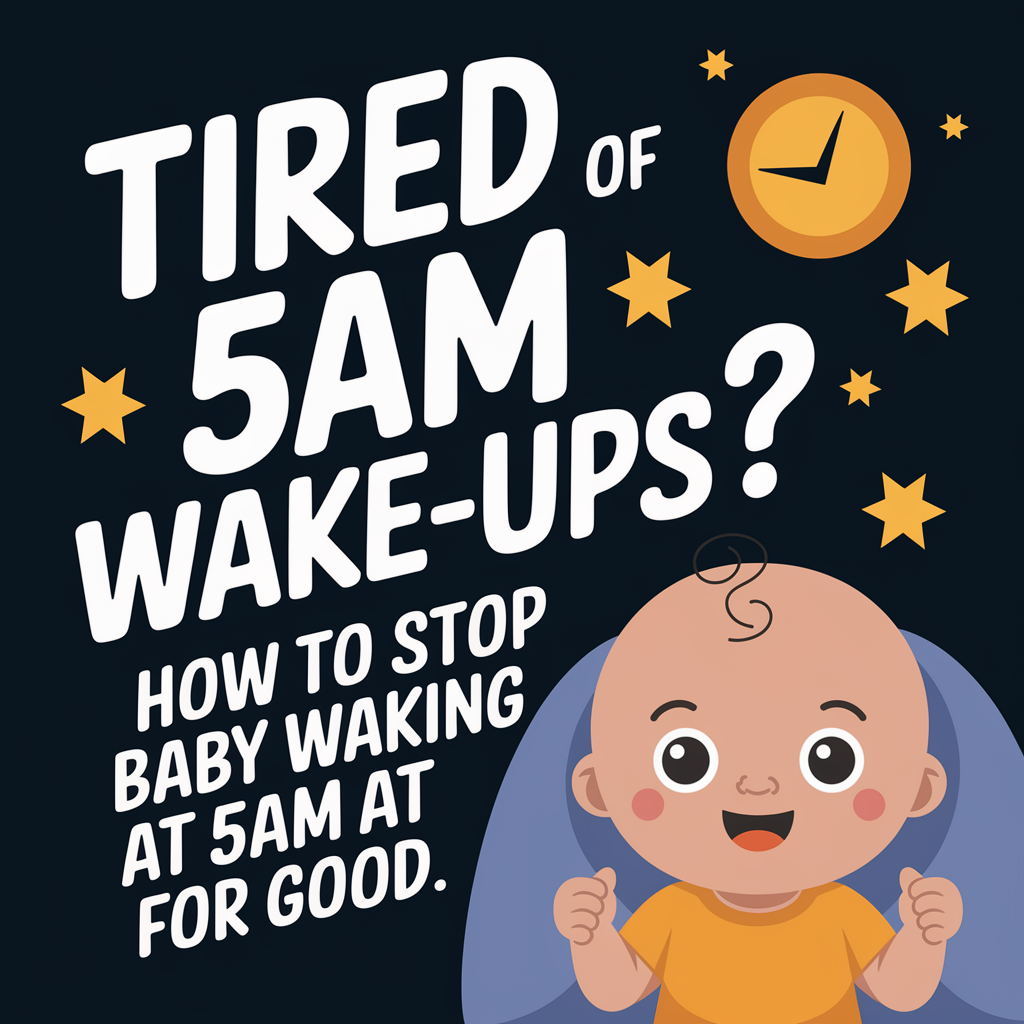
When to Rescue a Short Nap (and How I Did It)
At one point, I asked myself: Do I just let her get up after 30 minutes, or should I try to help her go back to sleep? Turns out, sometimes a nap can be rescued — and it’s worth trying when you’re building longer nap habits.
Here’s what worked for us:
– Waited 5–10 minutes before rushing in
Sometimes she stirred, rolled around, or fussed a little but fell back asleep on her own. I gave her the chance before intervening.
– Used contact naps strategically
If it had been a string of bad nap days, I’d hold her through the transition to help her get a full nap in. I knew it wasn’t sustainable forever, but it taught her what a longer nap felt like.
– Re-rocked or bounced for a few minutes
If she woke up too early, sometimes a little movement was all it took to get her back down.
There’s no one-size-fits-all here, but offering a little help during the nap transition phase really helped her body learn how to sleep longer.

How Long Should Baby Naps Be?
This was a question I googled almost daily. Every baby is different, but I learned that there are some general ranges based on age — and that helped me stop panicking when things weren’t “perfect.”
General nap length guidelines:
- 0–3 months: Naps vary widely, 20–120 mins
- 4–6 months: 3–4 naps/day, about 45–90 mins each
- 6–9 months: 2–3 naps/day, about 1–2 hours each
- 9–12 months: 2 solid naps/day, usually 1–1.5 hours
Some babies naturally nap shorter, but if your baby is always waking up cranky or acting tired again soon after, it might be time to work on extending those naps.
Also — if naps used to be longer but suddenly changed, definitely check out this 👀 guide on sudden short naps for tips on handling those surprise regressions.

What NOT to Do When Naps Are a Mess
I made so many mistakes when I was trying to fix short naps — and honestly, half the battle was unlearning what wasn’t helping.
Don’t:
– Change the schedule every single day
Babies thrive on consistency. If something’s not working, give it a few days before trying something else.
– Start the nap too early just to avoid fussiness
Putting them down too soon can lead to false starts and short naps. I had to learn to push wake time just enough.
– Try to fix naps with food
I thought maybe more solids would keep her full longer — nope. Sleep issues weren’t about hunger in our case. Timing and environment mattered more.
Once I stopped panicking and focused on small, consistent adjustments, that’s when naps finally started improving.
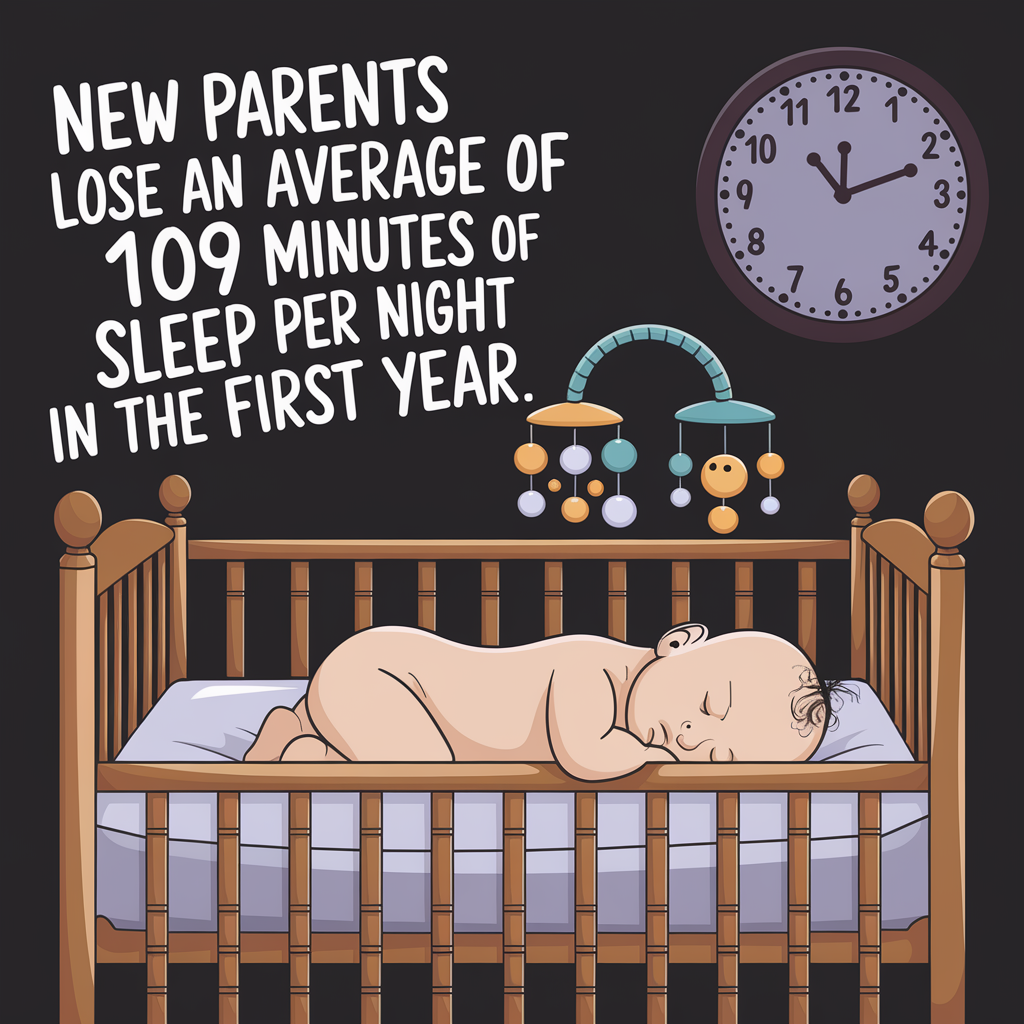
Our Last Thoughts on How to Get Baby to Nap Longer
If you’re still deep in the short nap struggle, just know this: it’s not your fault. I used to wonder if I was doing something wrong or if my baby just wasn’t “a good napper.” But now I know that most babies need help learning how to nap longer — and that it’s absolutely something you can improve with time and consistency.
What worked for us wasn’t some magic trick. It was tuning in to wake windows, sticking to a routine, and adjusting the nap environment to support deeper sleep. A few small changes made a big difference — and after weeks of 30-minute catnaps, we finally had a baby who could nap over an hour.
So if you’re searching for answers on how to get baby to nap longer, don’t give up. Stay consistent, trust your gut, and know that this phase really does pass. Better naps are possible — and you’re already doing the hard part by showing up, learning, and caring so much.
As an Amazon Associate we earn from qualifying purchases through some links in our articles.



